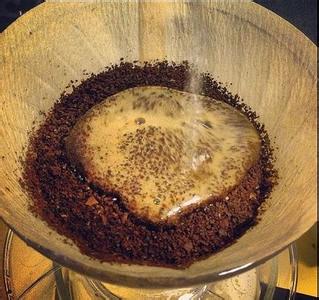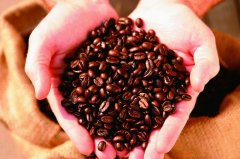The basic knowledge of coffee flowers in boutique coffee

It is generally foggy in alpine areas, and sunlight is affected by fog beads, which enhances part of the visible light, thus enhancing the effect of photosynthesis. for the second reason, the forest in the alpine area is luxuriant. under the premise of temperature, rainfall, topography and soil, coffee trees especially like the microclimate characteristics of frequent fog and large temperature difference between day and night.
If an area has these two microclimate characteristics although the altitude is not high enough, it may also become a producing area of high-quality coffee. It is precisely because of these in high altitude areas (high mountain areas) that the conclusion of "good coffee comes from high mountains" is verified.
High altitude, benefits for many reasons, allow the role of shade. Coffee trees receive light for a short time and decrease in intensity and diffuse light, which is conducive to the accumulation of nutrients in coffee fruit. Third, the annual average temperature in alpine areas is low, the ripening period of coffee fruit is long, and the accumulation of nutrients is relatively sufficient. Just like one rice a year in Northeast China, it is naturally much better than three-or even four-season rice on Hainan Island. The fourth reason is that the annual average temperature in alpine areas is low, and coffee beans are hard and expansive. The hard texture makes brown beans more suitable for storage, more conducive to quality preservation, and easier to bake with good expansibility. Reason 5, in alpine areas, there is a large temperature difference between day and night, so that coffee trees have sufficient dormancy time and can transform and store nutrients-early to go to bed and get up early is good for the body! Reason 6, the content of amino acids and other aromatics in coffee will increase with the increase of altitude and the decrease of average temperature. Therefore, coffee beans produced in high mountain areas are usually rich in aroma and mellow in taste. Coffee Coffee
Important Notice :
前街咖啡 FrontStreet Coffee has moved to new addredd:
FrontStreet Coffee Address: 315,Donghua East Road,GuangZhou
Tel:020 38364473
- Prev

Coffee Common sense Coffee Bean Coffee Baking steps Analysis
Once the coffee seed is planted, no one can change its final quality. However, the color, aroma, bioactive components and health characteristics of coffee are related to the roasting process. During the roasting process, coffee is heated at 190-220 degrees for 7-20 minutes, which helps to bake out its aroma and good taste, and helps to form lactone, nicotinic acid and resistance.
- Next

The method of distinguishing and keeping the freshness of coffee beans
There is a knack for distinguishing the freshness of coffee beans: nose: fresh coffee beans smell strong fragrance, otherwise tasteless or bad smell. Look: good coffee beans are complete in shape, full in size, and smell when they crack. On the contrary, the shape is incomplete. Hand press: fresh coffee beans are pressed crisp. Color: dark black coffee beans, the brewed coffee has a bitter taste; yellow coffee
Related
- Beginners will see the "Coffee pull flower" guide!
- What is the difference between ice blog purified milk and ordinary milk coffee?
- Why is the Philippines the largest producer of crops in Liberia?
- For coffee extraction, should the fine powder be retained?
- How does extracted espresso fill pressed powder? How much strength does it take to press the powder?
- How to make jasmine cold extract coffee? Is the jasmine + latte good?
- Will this little toy really make the coffee taste better? How does Lily Drip affect coffee extraction?
- Will the action of slapping the filter cup also affect coffee extraction?
- What's the difference between powder-to-water ratio and powder-to-liquid ratio?
- What is the Ethiopian local species? What does it have to do with Heirloom native species?

